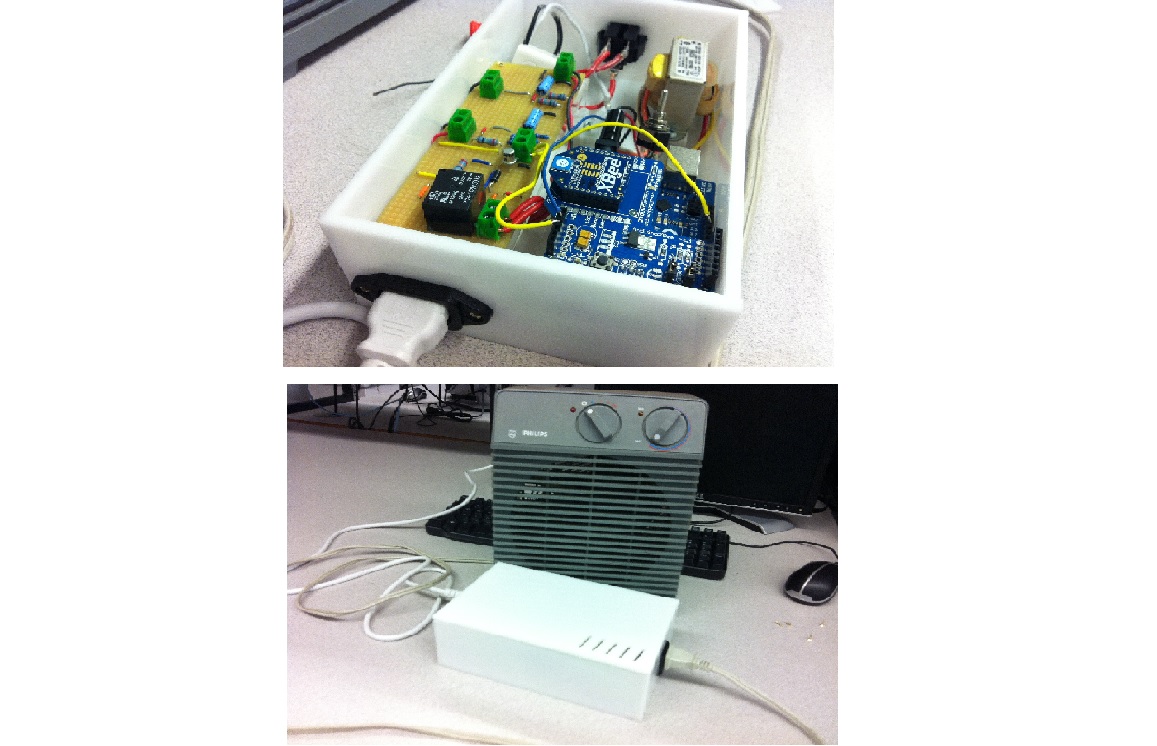Research Subheading

Dental Engineering
Human teeth are a relatively small but functionally important part of the body and their partial or complete loss will be permanent. Although dentists are trained to use their tactile and vision senses for tooth loss is inevitable in all dental filling operations. My research team has invented a sensory system that can distinguish different tooth material during dental fillings and provide dentists with online feedback. Also my research group has developed a dental implant stability measurement system that is capable to identify implant condition in all healing stages as well as after crown placement. The technology has been recently adopted by Prefail Solutions Inc. for commercilization.
View ProjectSemi-Active Haptic Interfaces
The growing demand for haptic technologies in recent years has motivated novel approaches in developing haptic interfaces and control algorithms. This project aims to develop a semi-active haptic interfaces using Magnetorheological (MR)-dampers. The ability of MR-Dampers in producing controllable resistance forces is the key reason for their utilization in our haptic interfaces. Our semi-active haptic interfaces are consisted of linear and rotary MR-Dampers. We developed the concept of Digital Resistance Map (DRM) as main strategy for activating MR-Dampers for semi-active interfaces. A preliminary study is carried out to verify the potentials of MR-Dampers and DRM for implementing in semi-active haptic system. We next, expand DRM concept and introduce it as a haptic rendering algorithm for semi-active haptic interfaces. DRM is a high-fidelity haptic rende ring algorithm and p roved to be effective to create comprehensive force feedback for operators.
View ProjectHip Injury Prevention Using Inflatable Hip Protector
Wearable hip protectors (padded garments) have promising effects in reducing the risk of hip fracture by attenuating the impact force applied to the proximal femur during a fall. The lack of user compliance due to their bulkiness and their limitations in attenuating high impact forces were the motivations for developing a new generation of inflatable hip protectors. We fabricated prototypes of various sizes and tested using the hip impact simulator, which is composed of a surrogate pelvis instrumented with a force sensor and mounted on the end of an impact pendulum. The new design demonstrated superior performance (up to 3 times) over commercially available hip protectors. We also observed that the impact force attenuation of the inflatable hip protector depends highly on the geometry. Moreover, our hip protector has a better efficiency in high impact forces, which makes it an ideal device for users with greater risks of hip fractures.
View ProjectEnergy Harvesting Using Smart Materials
Rotation is one of the most commonly used forms of mechanical motion which requires sensors for condition monitoring. Providing power for the sensors and the data transmission is a challenge for thia applications. As a result, an in-situ miniaturized power scavenging unit will be a huge advantage. Our proposed energy harvester consists of a cantilever beam that a piezoceramic layer attached on it. A tip mass is also attached to the cantilever beam. A mathematical model for the energy harvester is that describes the optimum load resistance for maximum power. This model is later verified experimentally and the numerical and experimental results were in close agreement.
View ProjectSmart Utility Management System (SUMS)
The current power grid is becoming out-dated and overwhelmed because it was not designed to cope with the electricity demands of today’s society. The overwhelming demand for energy has led the power industry to find an alternative that is more reliable and secure. New policy and regulatory initiatives have been established to provide momentum for technologies that provide smart management of usage and supply of electricity. Smart grids are intelligent power management systems that use modern technology to deliver electricity from suppliers to consumers. The main problem with such grids is the lack of consumer participation in power management. To compensate for this, Surround Technologies Inc. has proposed the development of a computer-based Smart Utility Management Systems or SUMS. The system starts by processing the information from each device connected to SUMS in real time, evaluating the best possible scenario of consumption in terms of load efficiency, consumer economy, and conservation and will apply the scenario control algorithms to the devices. SUMS allows users to control their devices so they run at off-peak times. The system consists of several components, including a main control module, a webpage for user controls and information and multiple load modules for connecting devices to the Smart Utility Management System.
View ProjectVibration Isolation
the goal is to develop cost effective self sustained hybrid smart engine mount prototypes with embedded sensors self energized through power harvesting techniques. The objective here is to develop a pre-commercialization prototype, which satisfies practical durability and performance requirements place forward by our industrial collaborator. Sensors will be used to measure important phenomena inside the mount such as pressure and fluid flow. The required energy for the sensors can be harvested from the ambient vibration inside the mount. Further, the engine mount controller (EMC) will be programmed on a PCB microprocessor to process sensors data and send the command signal to the actuators in real time. This unit will be developed to be compatible with Controller Area Network (CAN)-Based protocol which is widely accepted and used by automotive industry. The output of EMC is a command signal to the actuators inside the engine mounts. In fact, design and fabrication of low cost actuators to change the vibration isolation characteristics of mounts is another vital component of the project.
View Project



